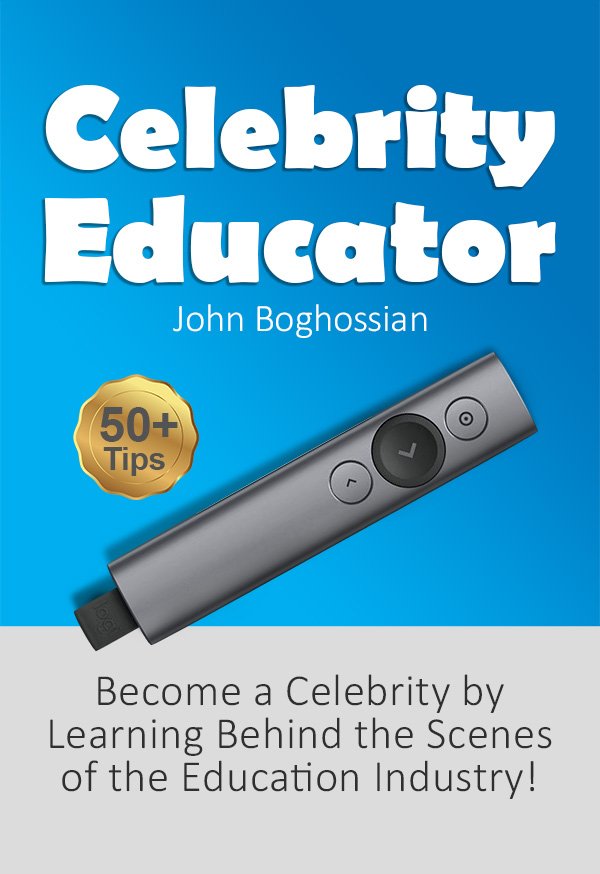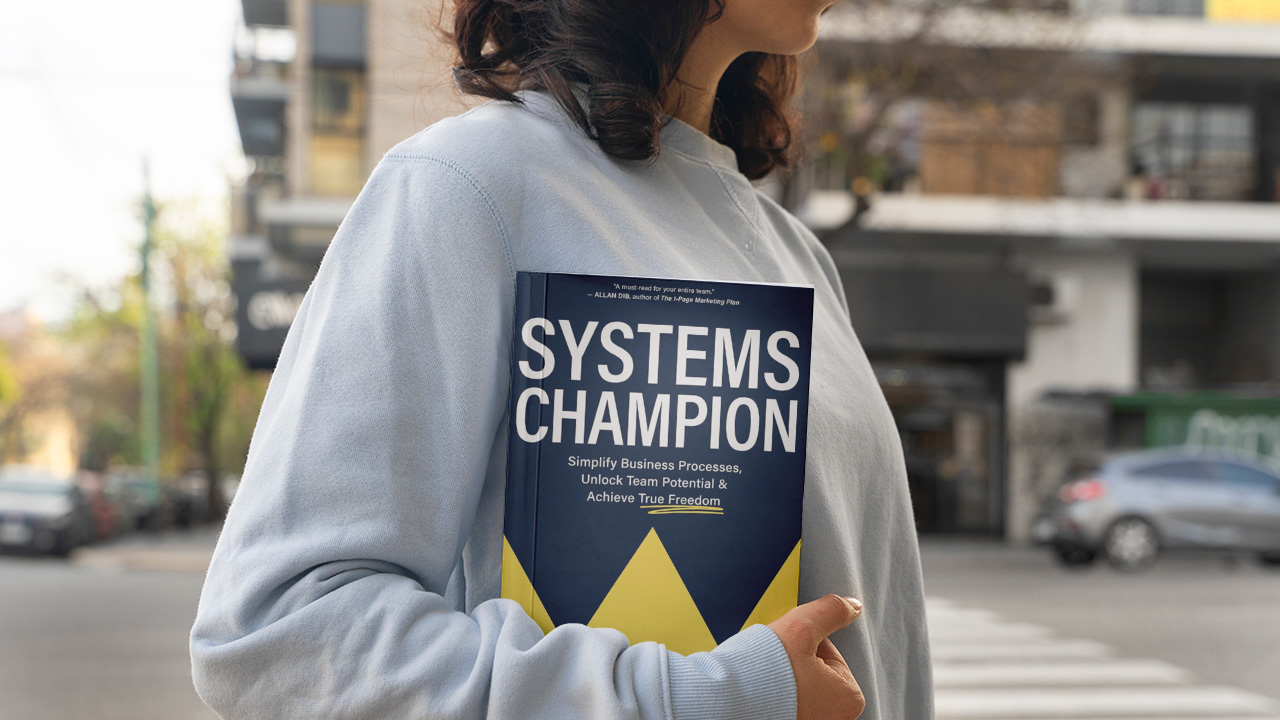Contents
The education industry today is undergoing significant transformations influenced by various technological advancements. Educators and industry professionals must deeply understand these changes to adapt effectively. The entry of artificial intelligence and innovative content creation tools has diminished the traditional role of instructors as mere content producers, emphasizing the need to focus on making a genuine impact on learners’ lives. Despite the technological progress, negative effects on education quality and new challenges have emerged. This blog explores seven new trends in the education sector and strategies to address them.
1. Decreased Attention Span
One of the most noticeable shifts in education is the significant decline in attention spans among learners. In the past, individuals would dedicate more time to consuming lengthy educational content. However, this has drastically changed, with attention spans shrinking considerably. For short content, such as social media videos, the average attention span has narrowed to about three seconds; in this brief time, users decide whether the content is worth their time. For longer content, the average attention span ranges from seven to eleven minutes.
Research indicates that even on platforms like Aparat, the average viewing time for educational videos ranging from thirty minutes to an hour is less than six minutes. This trend poses a significant challenge for educators who have limited opportunities to capture their audience’s attention and convey key concepts.
Suggested Strategies
- Micro Content: Deliver education in short, engaging videos that comprehensively cover individual topics. For example, instead of lengthy sessions, a photography course could consist of brief videos (five to eight minutes each) addressing specific subjects.
- Attractive Design: Employ appealing graphics and appropriate language at the beginning of lessons while avoiding unnecessary introductions to engage and retain learners’ attention.
- Smaller Packages: Divide major educational content into smaller segments to enhance learners’ focus. If someone is primarily interested in a specific outcome, they should be able to easily access that portion.
- Modular Design: Structure educational content to be as independent as possible, enabling updates to be more straightforward and allowing new material to be created without relying on previous sections.
- Minimize Distractions: In video content, eliminating unnecessary visual elements and focusing on the educator and the main content can prevent distractions. Utilizing simple and uniform backgrounds in educational videos is encouraged.
2. Reduced Engagement
Another trend facing the education sector is the decline in engagement levels during learning sessions. Individuals may physically attend classes or webinars while allowing their minds to wander to unrelated topics, leading them to miss crucial points. Even in face-to-face sessions, a significant portion of questions raised often relates to information that had just been presented.
Suggested Strategies
- Simplifying Content: Present information in a straightforward and concise manner that is easy to understand. Avoid using unnecessary jargon that may confuse learners.
- Highlighting Key Points: Emphasize important information and encourage learners to take notes, enhancing their focus on the content.
- Reinforcing Important Ideas: Repeating key concepts throughout the session helps solidify them in learners’ minds.
- Facilitating Note-taking: Encourage participants to have writing materials ready at the beginning of the session, guiding them to note significant points for better retention.
- Seeking Feedback: Pose simple questions regarding the material during live sessions to assess engagement levels and stimulate deeper concentration among learners.
- Using Visual Examples: Apply clear and compelling visual examples to simplify complex ideas, enhancing comprehension.
3. Preference for Entertainment Over Learning
In today’s world, many individuals choose entertainment over educational activities. The perceived value of learning has diminished in some cultures, causing people to prefer engaging in pleasurable experiences.
Suggested Strategies
- Educational Tours: Combining education with travel and engaging locations can elevate the learning experience.
- Learning through Play: Incorporating games and enjoyable activities, especially for children and individuals with special needs, can enhance the learning process. Even managerial and sales concepts can be taught through engaging games.
- Hosting Competitions: Introducing a competitive element and rewards during educational sessions can boost motivation and student participation.
- Storytelling: Conveying educational ideas through captivating stories can make the information enjoyable while aiding retention.
- Case Studies: Analyzing real-life successes related to educational topics instead of abstract options can provide tangible insights to learners.
- Puzzle-based Learning: Delivering content in a way that challenges learners to solve problems encourages curiosity and enjoyment.
Core Principles for Engaging Education
- Emotional Recharge: Include emotionally impactful media, thought-provoking questions, and physical activities during the lessons.
- Challenge: Involve attendees in challenges and participatory projects that relate to the educational subject.
- Practical Application: Clearly demonstrate how the teachings can be applied in real-life scenarios.
- Celebration: Foster a fun environment by employing humor, music, and appropriate incentives.
- Motivation: Inspire learners to implement the acquired knowledge to enact change in their lives.
4. Shift from Webinars to Professional Live Streaming
Another evolving trend in education is transitioning from traditional webinars to more professional live streams. Today’s audiences are no longer interested in basic PowerPoint presentations or monotone lectures. They expect an engaging visual experience akin to professional television shows, complete with appealing sets, dynamic text, and special effects.
Suggested Strategies
Using software like SplitCam enables educators to enhance their live broadcasts without professional equipment fully, integrating movement graphics, videos, effects, and images to create a more captivating audience experience. Incorporating interactive quizzes during the live stream can also enhance engagement and enjoyment.
5. Growing Importance of Interactive Education
One-way lectures and passive learning approaches have lost their appeal; audiences are less interested in rote memorizations that mimic past experiences. Instead, interactive learning methods, involving active participation, have become increasingly vital.
Suggested Strategies
- Posing Questions: Engaging participants with questions relevant to the presentation fosters dialogue and connection.
- Quizzes and Tests: Incorporating short quizzes and assessments helps gauge the audience’s understanding while creating opportunities for interaction.
- Personalized Content: Design courses that adapt based on participants’ responses or characteristics, allowing for a tailored approach to learning.
- Choice of Next Steps: Structure educational paths that empower learners to choose their subsequent steps in gaining knowledge.
6. Demand for Comprehensive Solutions
Serious learners are no longer satisfied with brief, superficial content. They expect comprehensive educational experiences that address broader challenges. For instance, individuals learning how to build websites also seek guidance on acquiring domains and hosting services.
Key Features of Comprehensive Solutions
- Outcome-focused: Concentrate on delivering content that helps the audience achieve desired results, setting aside unnecessary details.
- Complete and Step-by-Step: Offer thorough tutorials that guide participants through every step of the process, avoiding vague suggestions to “look it up on Google.”
- Alleviating Fear of Action: Aid learners in overcoming their fears and initiating their first steps by demonstrating ease of accomplishment even at a basic level.
- Higher Price Point: Higher pricing for in-depth training can fortify commitment and motivation among learners.
- Extended Duration: Comprehensive learning requires time for effective results; thus, long-term training programs provide the necessary feedback and trial opportunities.
- Support and Consultation: Offering assistance to address common questions and providing individualized support can enhance the learning experience.
A dichotomy is emerging in the educational market, as individuals either seek entirely free basic resources or are willing to invest significantly in deep, result-oriented education, leading to a weakening of the middle ground.
7. Attention to Learner’s Environment
Finally, attention to the learner’s environment and its effect on learning effectiveness is critical. Family and social settings can significantly influence learners’ success in applying what they have learned. Negative feedback and pressure from peers or families can hinder motivation.
Suggested Strategies
- Communicating with Families: Engage with learners’ families to discuss concerns, objectives, and the benefits of education, fostering support for the learner.
- Setting Realistic Expectations: Help families and learners understand the commitment required for learning and growth, clarifying that immediate results are not always achievable.
- Acknowledging Support: Recognize and appreciate familial and peer support, expressing gratitude to encourage a positive mindset towards the learning process.
- Mitigating Negative Influences: Empower learners to confront discouraging remarks from those close to them. Educators need to create a flexible yet supportive environment encouraging innovative and risk-taking efforts.
Conclusion
The education industry is transforming rapidly, and instructors who can adapt to these seven new trends will have a greater chance of success. Decreased attention spans, reduced engagement, a preference for entertainment over education, changes in content delivery, the significance of interaction, the demand for comprehensive solutions, and the impact of the learning environment pose contemporary challenges for educators.
By implementing the strategies outlined in this blog, educators can create more engaging, effective, and impactful learning experiences. To elevate their teaching effectiveness, educators should continuously research, provide value, gain profound insights, thoughtfully design learning processes, and maintain high standards for themselves and their learners to achieve genuine outcomes.








